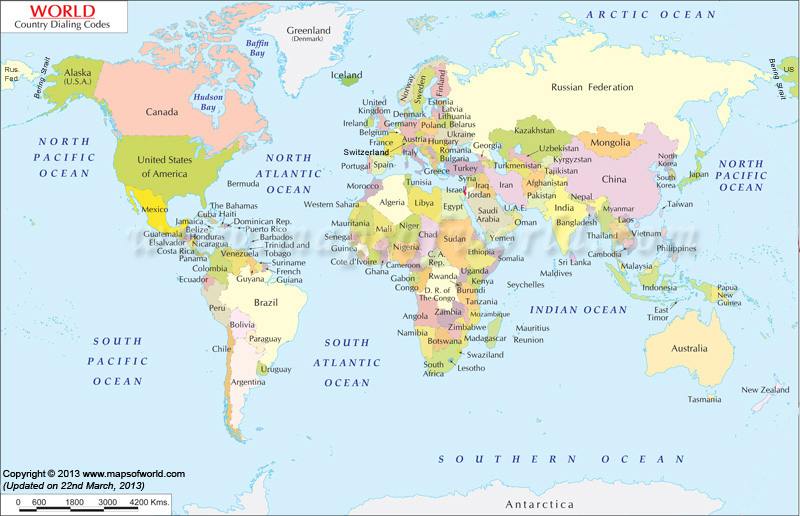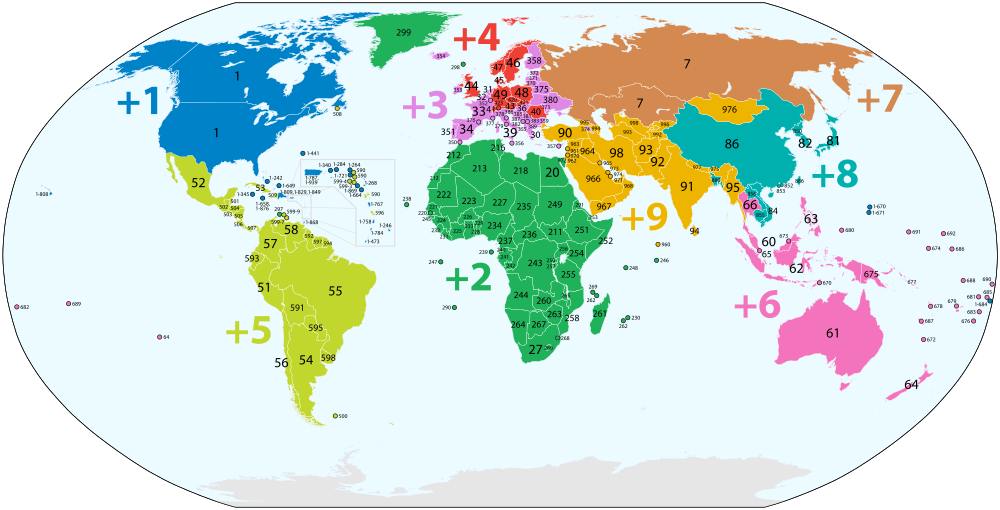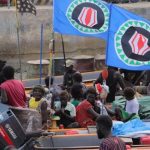Ever wondered how international dialing codes work, as in how they are distributed rather than how to make an international call? For example why is the US +1 and the UK +44 even though it was a Scot who invented the telephone?
Well, it turns out that how international dialing codes work actually makes a lot of sense, although there are some outliers that do defy the rules. So here’s our guide to how international dialing codes work.
The History of International Dialing Codes
International dialing codes were introduced in the mid-20th century by the International Telecommunication Union (ITU), which has been coordinating global telecom standards since 1865. As international phone networks expanded, it became clear there needed to be a standardized system to route calls across countries. The ITU assigned each country a unique country calling code starting with a plus sign to identify its location on the global network.
The system was designed with geographical regions in mind so the first digit often reflects the continent or a broad region. This helped telecom operators easily process calls and avoid confusion. Introduced officially in the 1960s this system has largely stood the test of time even as technology has evolved.

The Eight International Dialing Code Regions
International dialing codes are grouped into eight main regions with the first digit indicating the region:
• 1 — North America and parts of the Caribbean
• 2 — Africa
• 3 — Europe (Western and Central)
• 4 — Europe (Eastern/Northern)
• 5 — South America and parts of the Caribbean
• 6 — Southeast Asia and Oceania
• 7 — Russia and Kazakhstan (Old USSR)
• 8 — East Asia and special services
Region 8 covers countries like China (+86), Cambodia (+855), Vietnam (+84), Japan (+81), South Korea (+82), and other East Asian nations. It also includes some special service codes such as +800 for international toll-free numbers and +870 for satellite phones.
Any Anomalies for International Dialing Codes?
There are always exceptions to the rules. For example Georgia uses the code +995 placing it in the Middle East/Africa region (2) even though geographically it is in Eastern Europe/Western Asia. Cambodia is in the East Asia region with +855 while its neighbours Vietnam (+84) and Thailand (+66) sit in Southeast Asia (+6) but with slightly different groupings. Greenland uses +299 despite its political ties to Denmark (+45) and being really bloody far from Africa!!!!
These quirks are the result of historical telecom decisions and political factors rather than strict geography. Some countries or territories chose codes to fit their telecom partners or based on old colonial systems which explains odd groupings.

And Satellite Phones?
Satellite phones use special codes outside the normal country assignments. Most satellite services use the +881 or +870 codes assigned by the ITU to International Networks rather than specific countries. This lets satellite phones operate worldwide independent of location on Earth. Because satellite phones communicate via satellites rather than ground lines their codes reflect global coverage rather than geography. These phones are essential for remote places or maritime and aviation use where normal networks don’t reach.
How Do Dialing Codes Work in North Korea?
North Korea’s telephone system is somewhat isolated. It uses country code +850 but international calls are tricky The local phone network is almost completely separate from the international one — calls between them are effectively impossible. Tourists or diplomats may get access to international lines but locals mostly use a domestic network with no outside connections. These cannot call each other!
Mobile phones exist but again do a two/three system thing and are not interchangeable. And don’t get me started on the internet.
Summary
International dialing codes form a structured system assigning each country a unique code for routing calls globally. Divided into eight main regions they mostly follow geography but with quirks caused by history and politics. Satellite phones have their own special codes reflecting their global reach.
Once again YPT answer the question you never asked. You’re welcome.





